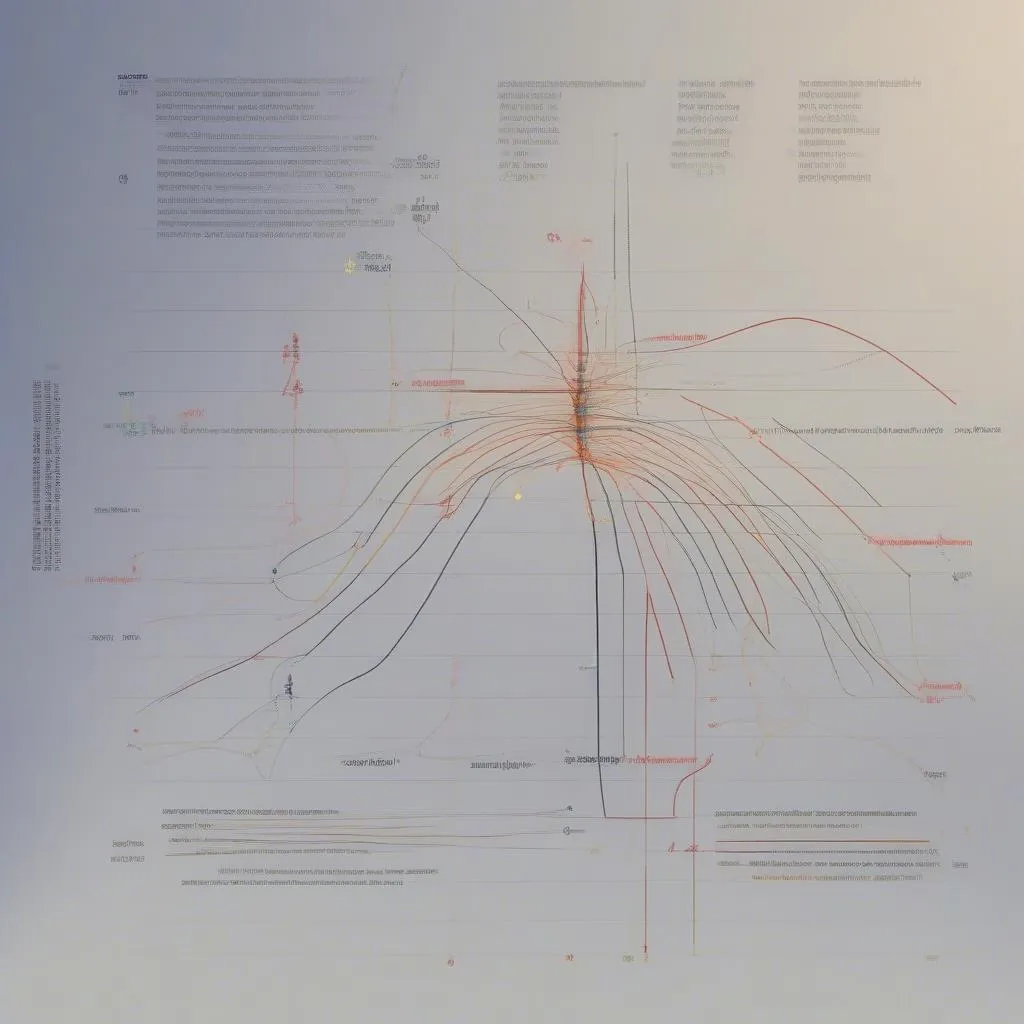“Truth fears no trial,” this proverb perfectly captures the essence of truth in scientific research. In data analysis for scientific research, you are akin to a skilled detective, needing to define the scope and analyze data to find the “gold” hidden within – the secrets concealed within the data.
1. What is Data Analysis? Its Role in Scientific Research
Data analysis is the process of collecting, processing, and analyzing data to discover valuable information that supports drawing conclusions, solving problems, or making informed decisions in scientific research.
Imagine you are an archaeologist exploring an ancient civilization. You excavate and gather artifacts. Data analysis is like the process of analyzing, comparing, and organizing those artifacts to uncover the story of that ancient civilization. Data analysis helps us to:
- Gain a deeper understanding of the research problem: Data analysis helps us see the essence of the problem more clearly, identify important factors, and discover complex relationships.
- Draw evidence-based conclusions: Data analysis allows us to make conclusions based on data, making them more persuasive and verifiable by other scientists.
- Find optimal solutions: Data analysis assists us in finding effective solutions for the research problem and can provide predictions for the future.
2. Steps in Data Analysis for Scientific Research
2.1. Data Collection: “The Net of Heaven is Wide, No Escape”
The first step is to collect data from various sources. “The net of heaven is wide, no escape,” data can be collected from:
- Surveys: Using questionnaires and interviews to gather data from participants.
- Experiments: Conducting experiments to collect data on the responses of research subjects.
- Secondary Data: Collecting from existing data sources such as reports, statistics, and scientific articles.
- Social Media Data: Analyzing data from social media platforms like Facebook, Twitter, Instagram to better understand markets and target audiences.
2.2. Data Cleaning and Preparation: “Polishing Jade, Refining Gold”
This step requires meticulousness, like “polishing jade, refining gold,” to eliminate incorrect, missing, and duplicate data to ensure the accuracy of the analysis results.
2.3. Choosing an Analysis Method: “Talent, Material, Opportunity”
Select an analysis method that aligns with the research objectives, data type, and the analyst’s expertise. “Talent, material, opportunity” must be sufficient for you to choose the appropriate method. Some common analysis methods include:
- Descriptive Analysis: Describing the characteristics of the data, such as mean, standard deviation, ratio, etc.
- Correlation Analysis: Investigating the relationship between variables.
- Regression Analysis: Predicting the value of one variable based on the values of other variables.
- Cluster Analysis: Grouping data into clusters with shared characteristics.
- Factor Analysis: Reducing the number of variables by combining closely related variables.
2.4. Implementing Analysis: “Success or Failure Depends on Technique, Accomplishment Leads to Fame”
“Success or failure depends on technique, accomplishment leads to fame,” you need to use statistical software such as SPSS, R, and Python to process and analyze data.
2.5. Presenting Results: “A Picture is Worth a Thousand Words”
The analysis results need to be presented clearly and understandably, “A picture is worth a thousand words” – use charts, tables, and diagrams to illustrate the results.
3. Expert Advice
- Mr. Nguyen Van A (Lecturer at Hanoi University of Science): “Data analysis requires carefulness at each step, ensuring the accuracy and transparency of the data. Results should be checked multiple times to avoid errors.”
- Prof. Dr. Tran Van B (Director of the Vietnam Academy of Science Research): “Data analysis is a powerful tool, but it cannot replace human thinking and judgment. Combine data analysis with professional knowledge to draw accurate and comprehensive conclusions.”
4. Notes When Doing Data Analysis
- Data must be accurate and reliable: Data must be collected from reputable sources and thoroughly checked before analysis.
- Choose the appropriate analysis method: Select a method suitable for the research objectives, data type, and the analyst’s skill level.
- Results should be re-checked: Re-examine the results multiple times to ensure accuracy and avoid errors.
- Combine Data Analysis with professional knowledge: Integrate data analysis with domain expertise to draw accurate and complete conclusions.
5. Conclusion
Data analysis is an essential skill for scientific research. To excel in data analysis, you need to be persistent, meticulous, and have a solid grasp of basic knowledge. Remember, “Nothing is impossible, only things yet to be discovered” – Use data analysis to uncover the secrets hidden within data and contribute to the advancement of science!
Do you have any questions about Data Analysis? Leave a comment below so we can assist you!
